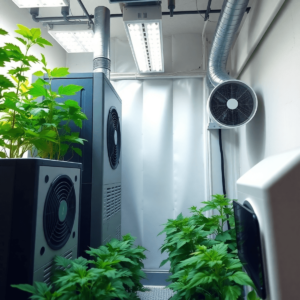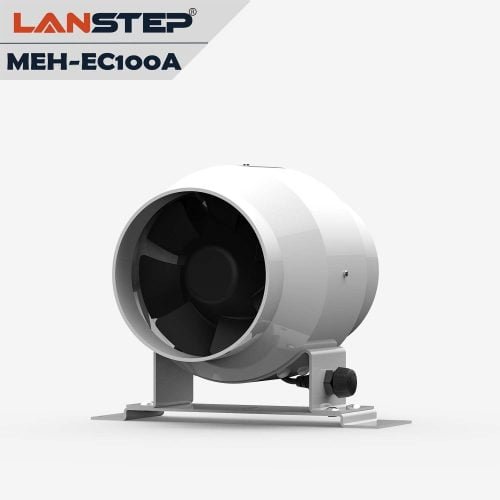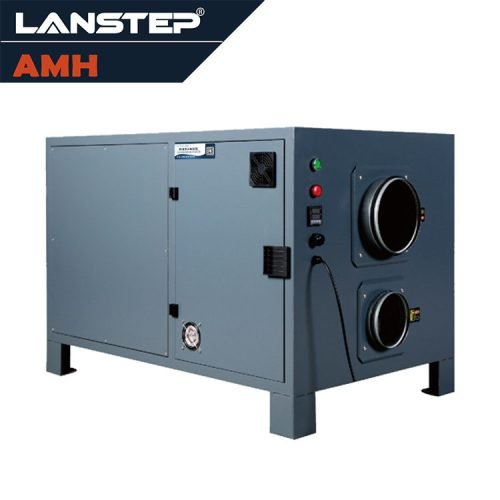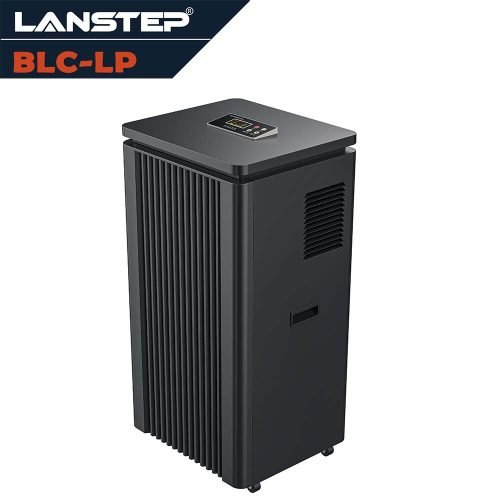Introduction
In construction projects, controlling the humidity at the construction site is key to ensuring the quality of construction and work efficiency. Statistics show that high humidity environments directly affect the quality of building materials and construction efficiency, increasing construction costs by about 10%-15%. Additionally, humidity problems can lead to delays in construction and safety hazards. Therefore, effective dehumidification methods are essential not only for improving building quality but also for ensuring the health and safety of workers and increasing work efficiency.
The Impact of Humidity on Construction Sites
Affects the Performance and Quality of Building Materials
The impact of humidity on building materials cannot be overlooked. For example, studies have shown that when relative humidity exceeds 60%, the moisture content of wood increases, leading to expansion, deformation, and even mold. In a study on European wood, it was found that for every 5% increase in humidity, the strength of the wood decreased by 4%. Additionally, high humidity can also affect the curing process of concrete, increasing its curing time. In a study on concrete curing, when environmental humidity increased from 50% to 80%, the curing time of concrete was extended by 20%.
Humidity’s Impact on Workers’ Health and Work Efficiency
High humidity affects not only materials but also has a negative impact on workers’ health and efficiency. Working in a high humidity environment, workers are more likely to feel fatigued, thus reducing work efficiency. A study on construction workers found that working in an environment with relative humidity over 75%, workers’ work efficiency was about 15% lower than in an environment with 50% humidity. At the same time, high humidity environments also increase the risk of respiratory diseases and skin problems in workers. Statistics show that the incidence of respiratory diseases among construction workers working in high humidity environments is 20% higher than in normal environments.
Common Dehumidification Methods
Natural Ventilation
Natural ventilation is a common dehumidification method at construction sites. This method relies on the flow of natural wind to reduce indoor humidity. Although this method is low in cost and easy to implement, its efficiency is often limited by weather conditions and geographical location. For example, in a study, reducing humidity from 80% to a safe level (about 60%) using only natural ventilation took more than 24 hours. This prolonged dehumidification process significantly affects the progress of construction projects. For instance, in a construction project case, relying on natural ventilation for dehumidification extended the project’s completion time by 10% compared to the original plan.
Mechanical Dehumidification
Mechanical dehumidification equipment is an important tool for improving dehumidification efficiency at construction sites. Choosing the right dehumidifier model according to different site environments and needs is crucial. For example, a study on construction sites showed that using industrial-grade dehumidifiers could reduce indoor humidity from 80% to 60% within 6 hours, while using low-efficiency equipment would take more than 12 hours. Choosing high-efficiency dehumidifiers not only significantly shortens the dehumidification time but also reduces energy consumption.
Efficient Dehumidification Strategies
Rational Planning of Construction Site Layout to Optimize Ventilation
Rational site layout is crucial for improving dehumidification efficiency. By scientifically designing the site layout, natural ventilation can be maximized, thereby assisting in dehumidification. For example, in a construction site project, by optimizing the spacing and arrangement of buildings, the efficiency of natural ventilation increased by about 15%, effectively reducing the need for mechanical dehumidification.
Choosing Suitable Dehumidification Equipment
High-efficiency dehumidification equipment can quickly reduce humidity at construction sites, thereby speeding up the drying process of building materials and reducing waiting time. In a construction site case, using high-efficiency dehumidifiers shortened the project duration by about 30% compared to sites without dehumidification equipment. This not only improves project progress but also reduces additional costs due to project delays.
Environmental Monitoring and Control
Using modern technology for environmental monitoring and control can achieve more accurate and efficient dehumidification. Installing humidity sensors and automatic control systems can monitor the site’s humidity changes in real-time and automatically adjust the operation of dehumidification equipment to maintain the optimal working environment. In one practice, using an automatic control system increased the overall dehumidification efficiency of the site by about 20%, while also reducing the need for manual monitoring.
LANSTEP’s ILD-LP Series Dehumidifiers

At LANSTEP, our ILD-LP series dehumidifiers set a robust standard for humidity management across Europe. Our solutions are powerful, with easy installation and automatic adaptation to any changes in temperature or humidity, ensuring you always have full control.
The ILD-LP series features mobility, high-efficiency dehumidification, low-temperature operation, stability, and remote operation, making it an ideal choice for dehumidification at construction sites. These dehumidifiers not only improve dehumidification efficiency but also provide a more stable and safe working environment at the site.
With over a decade of experience, we at LANSTEP possess the technical knowledge and expertise to create customized drying solutions in any location of your building. Whether for large-scale projects or small construction sites, our ILD-LP series dehumidifiers offer effective and economical solutions.
For more information about our solution series, installation process, and how we can help you achieve the best return on investment, please contact us immediately.











